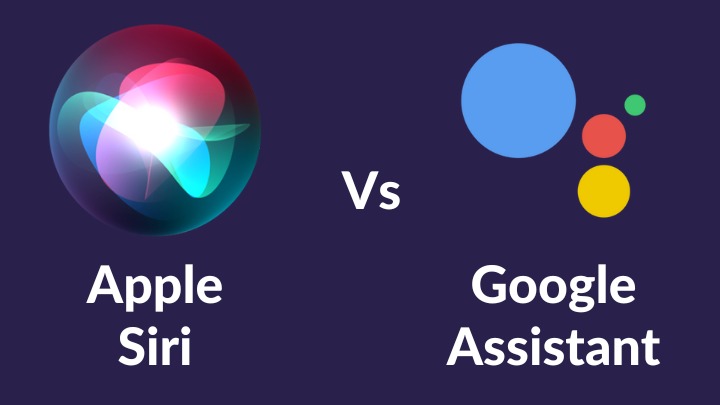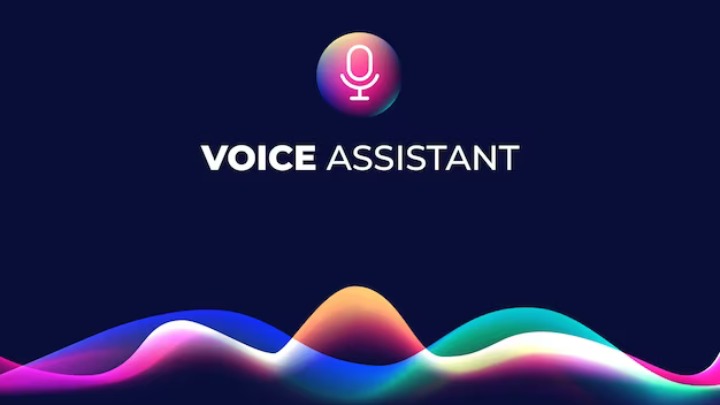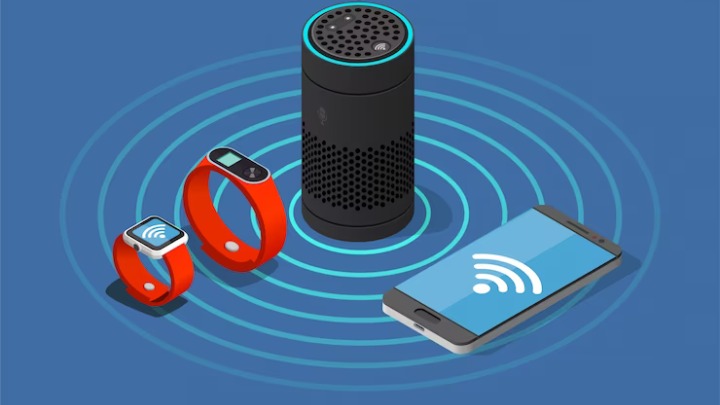
The rise of virtual digital assistants (VDAs) has considerably transformed the way we interact with technology. They have made our lives more convenient and efficient than before. Siri and Google Assistant have emerged as two of the most popular VDAs in the market, with millions of users relying on them daily. This blog article focuses on various technical parameters in terms of Siri vs Google Assistant. A deeper analysis reveals the fascinating facts into the contrasting design philosophies of Apple and Google.
While Siri is designed to be more personalized and focused on user privacy, Google Assistant is built with a broader scope, incorporating machine learning algorithms and natural language processing to offer more comprehensive and accurate responses. Let us dig deeper into the differences between Siri and Google Assistant to understand their strengths and functionalities in a better manner.
1. User interface
The user interface is an essential aspect of virtual digital assistants (VDAs) as it is the primary mean of interaction between the user and the assistant. Siri and Google Assistant have different approaches to the user interface, and both have their strengths and weaknesses.
Siri has a simple and streamlined interface, which is easy to use and navigate. It has a minimalist design, and emphasizes on voice commands, and offers a consistent user experience across different devices. Siri also provides a range of shortcuts and quick actions that allow users to perform common tasks quickly and easily.
On the other hand, Google Assistant offers a more visual and interactive interface that is more customizable to the user’s preferences. It has a range of widgets and cards that can be customized to show relevant information and actions based on the user’s usage patterns. Google Assistant also offers a range of voice and gesture-based input options, such as drawing on the screen or using facial expressions to interact with the assistant.
While Siri’s interface is simple and easy to use, some users may need help with customization options. Google Assistant, on the other hand, offers a more flexible and customizable interface but can be overwhelming for some users due to the range of options available.
2. Language support
Language support is a crucial aspect of VDAs as it determines the accessibility and usefulness of the assistant for users from different regions and language backgrounds.
Siri and Google Assistant both support a wide range of languages, with Siri supporting more than 20 languages, including English, Chinese, French, German, and Spanish. Siri’s language support is excellent, and covers most major languages spoken worldwide. This factor makes it a useful tool for many users. However, Siri’s language support may be limited for users of less common languages or dialects.
In comparison, Google Assistant supports over 30 languages, including English, Spanish, French, German, Japanese, and Mandarin. This extensive language support makes Google Assistant more versatile than Siri and useful for users of less common languages or dialects.
Google Assistant’s language support is not limited to voice input but also includes the ability to read and write in multiple languages, making it a useful tool for translation and communication across language barriers.
3. Voice recognition

Voice recognition is a key feature of VDAs, and both Siri and Google Assistant use advanced technology to understand the user’s voice commands.
Siri uses natural language processing (NLP) and machine learning algorithms to recognize the user’s voice and respond accordingly. When the user speaks to Siri, the audio input is first processed by the device’s hardware and converted into digital data. Siri then uses natural language processing algorithms to analyze the digital data and identify the user’s intent based on the words and phrases used. Siri’s machine learning algorithms also help improve the accuracy of its voice recognition over time as it learns from the user’s interactions.
Google Assistant, on the other hand, uses advanced artificial intelligence algorithms to process natural language input and provide accurate responses. Google Assistant has a sophisticated speech recognition system that uses deep learning algorithms to analyze speech patterns and identify the user’s intent. The system can also distinguish between different accents and dialects, making it more accurate and inclusive for users from different regions.
Both Siri and Google Assistant can recognize and respond to multiple languages, although Google Assistant has a wider range of language support. This allows users to communicate with their VDAs in their native language, making it more accessible and user-friendly for a global audience.
4. Third party integration
Integration is a key aspect of virtual digital assistants (VDAs), allowing users to access and control third-party apps and services seamlessly.
Both Siri and Google Assistant offer integration with various third-party apps and services. Siri has a robust ecosystem of third-party apps, such as banking, ride-sharing, and messaging, that can be integrated with the VDA. Siri also integrates with Apple’s HomeKit, which supports various smart home devices and allows users to control their home appliances through voice commands.
On the other hand, Google Assistant has a more open ecosystem that allows more integration with different apps and services. Google Assistant can be integrated with various third-party apps and services, such as music streaming services, food delivery apps, and home automation systems. Google Assistant also integrates with Google’s Nest ecosystem, which includes various smart home devices from multiple manufacturers and allows users to control their smart home devices through voice commands.
Regarding smart home integration, Siri and Google Assistant offer support for controlling smart home devices. Siri integrates with Apple’s HomeKit, while Google Assistant integrates with Google’s Nest ecosystem. Both ecosystems support smart home devices, including lights, thermostats, and security cameras.
Both Siri and Google Assistant offer integration with various third-party apps and services. Still, Google Assistant has a more open ecosystem allowing more integration with a wider range of apps and services. Both VDAs also support controlling smart home devices through their respective ecosystems.
Conclusion

Virtual digital assistants (VDAs) such as Siri and Google Assistant have transformed how we interact with technology. Siri is designed to be personalized and private, while Google Assistant has a broader scope. It uses machine learning and NLP algorithms for accuracy. Moreover, they differ in the user interface, with Siri being simple and Google Assistant being more visual and customizable. Both use advanced voice recognition technology and support multiple languages. They integrate with third-party apps and services, but Google Assistant has a more open ecosystem.
In the near future, it is likely that VDAs will become even more advanced and integrated into our daily lives, potentially replacing traditional interfaces and even allowing for seamless communication between humans and machines.
We hope that our comparison and difference article of Siri vs Google Assistant has helped you to understand these technologies in a better manner. Use it as per your personal preference and use case.
About the Author
Shankar Nishant is a researcher at Next Move Strategy Consulting with a cumulative experience of more than four years. Shankar is enthusiastic about new technology, enjoys working with diverse global clients, and has delivered numerous market reports in multiple domains. He can be reached at shankar.dutta@nextmsc.com
